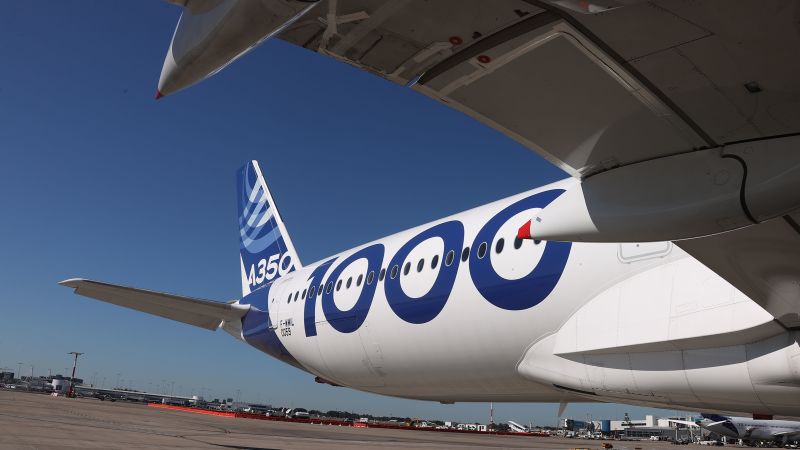Europe’s air safety regulator, the European Union Aviation Safety Agency (EASA), has ordered inspections on engines of a flagship Airbus jet following a fire during a Cathay Pacific flight. The decision to act was made after consulting with regulators and investigators in Hong Kong, where Cathay is based, as well as Airbus and engine supplier Rolls-Royce. This precautionary measure aims to prevent similar incidents in the future and was prompted by information from the initial investigation of the Cathay Pacific incident.
EASA confirmed that the fire on the Cathay Pacific flight was caused by the failure of a hose in the fuel system, which the crew was able to quickly suppress. The incident was classified as a “serious incident”, a term used in aviation to denote a situation with a high likelihood of an accident. EASA Executive Director Florian Guillermet stated that they will continue to closely monitor the safety investigation and act accordingly based on the information provided.
The inspections ordered by EASA pertain specifically to the larger model of the twin-engined A350, the A350-1000, which constitutes 15% of the A350 fleet with 86 jets. The smaller and more widely sold A350-900 is not affected by these measures. The directive issued by EASA requires airlines to conduct visual checks and measurements on the fuel hoses within a specified timeframe, but does not mandate the removal of parts unless damage is detected. Engines that have already been inspected by Cathay Pacific have been exempted from this directive.
This action by EASA underscores the importance of ensuring the safety and reliability of aircraft engines to prevent potential malfunctions or accidents. The collaboration between regulatory agencies, airlines, and manufacturers is crucial in maintaining the highest standards of air safety. By addressing issues proactively and implementing necessary inspections and measures, EASA aims to mitigate risks and enhance the overall safety of aircraft operations. It is imperative for all stakeholders in the aviation industry to prioritize safety and adhere to stringent guidelines to ensure the well-being of passengers and crew.
The swift response from EASA following the Cathay Pacific incident demonstrates a commitment to addressing safety concerns promptly and effectively. By taking proactive steps to investigate and address the root cause of the fire, EASA aims to prevent similar incidents in the future and enhance the overall safety of Airbus jets. The collaboration between EASA, Cathay Pacific, Airbus, and Rolls-Royce highlights the importance of a coordinated approach to safety management in the aviation industry. Continued vigilance and cooperation are essential in maintaining the integrity and reliability of commercial aircraft.
As the aviation industry continues to evolve and expand, ensuring the safety and security of aircraft remains a top priority for regulatory agencies and airlines worldwide. The implementation of preventive measures and regular inspections is essential in identifying and addressing potential risks before they escalate into serious incidents or accidents. By proactively addressing safety concerns and working together to implement necessary measures, stakeholders in the aviation industry can enhance safety standards and provide passengers with peace of mind while flying. EASA’s directive serves as a reminder of the ongoing commitment to safety and the importance of collaboration in maintaining the highest standards of air travel.



